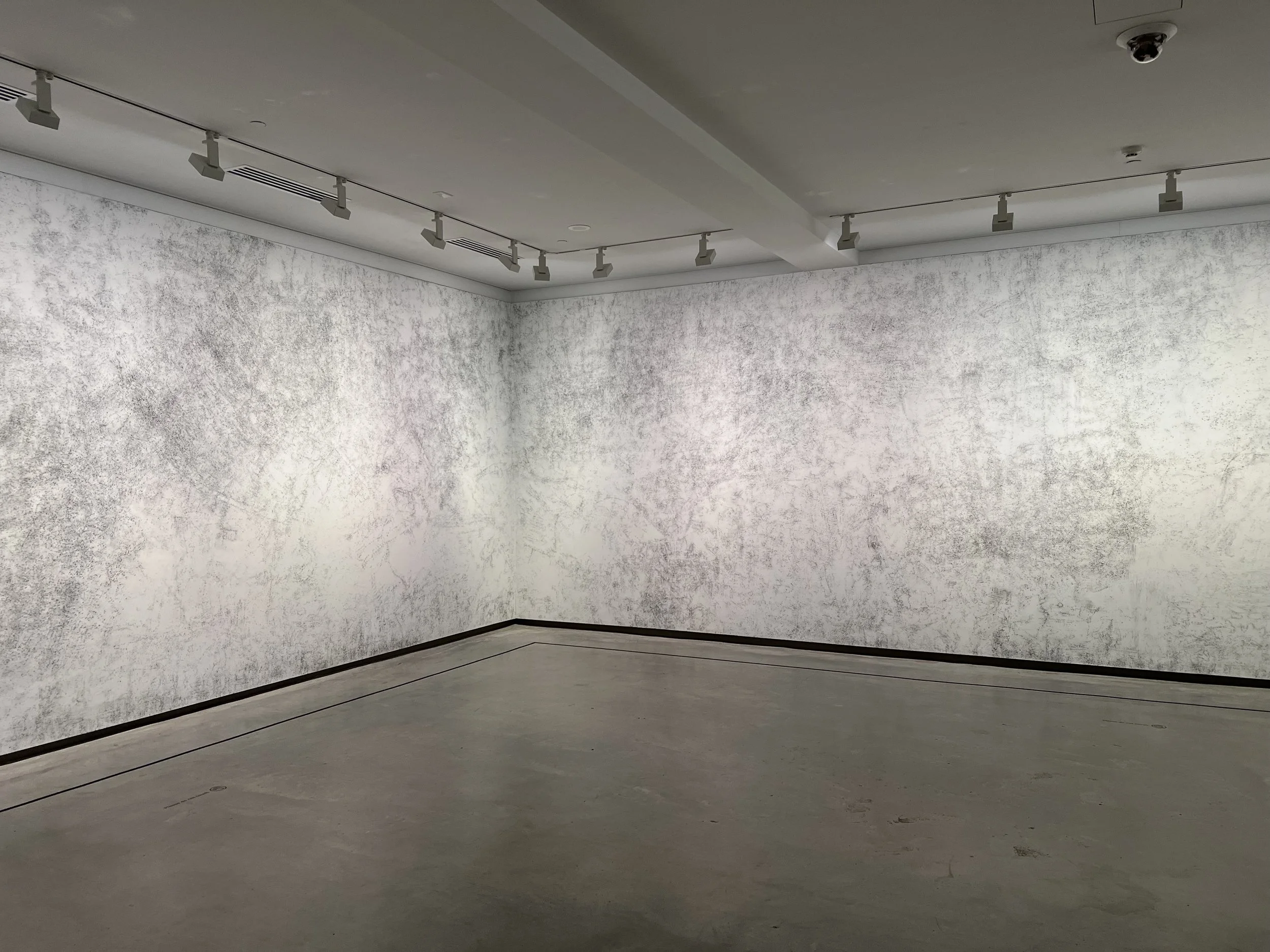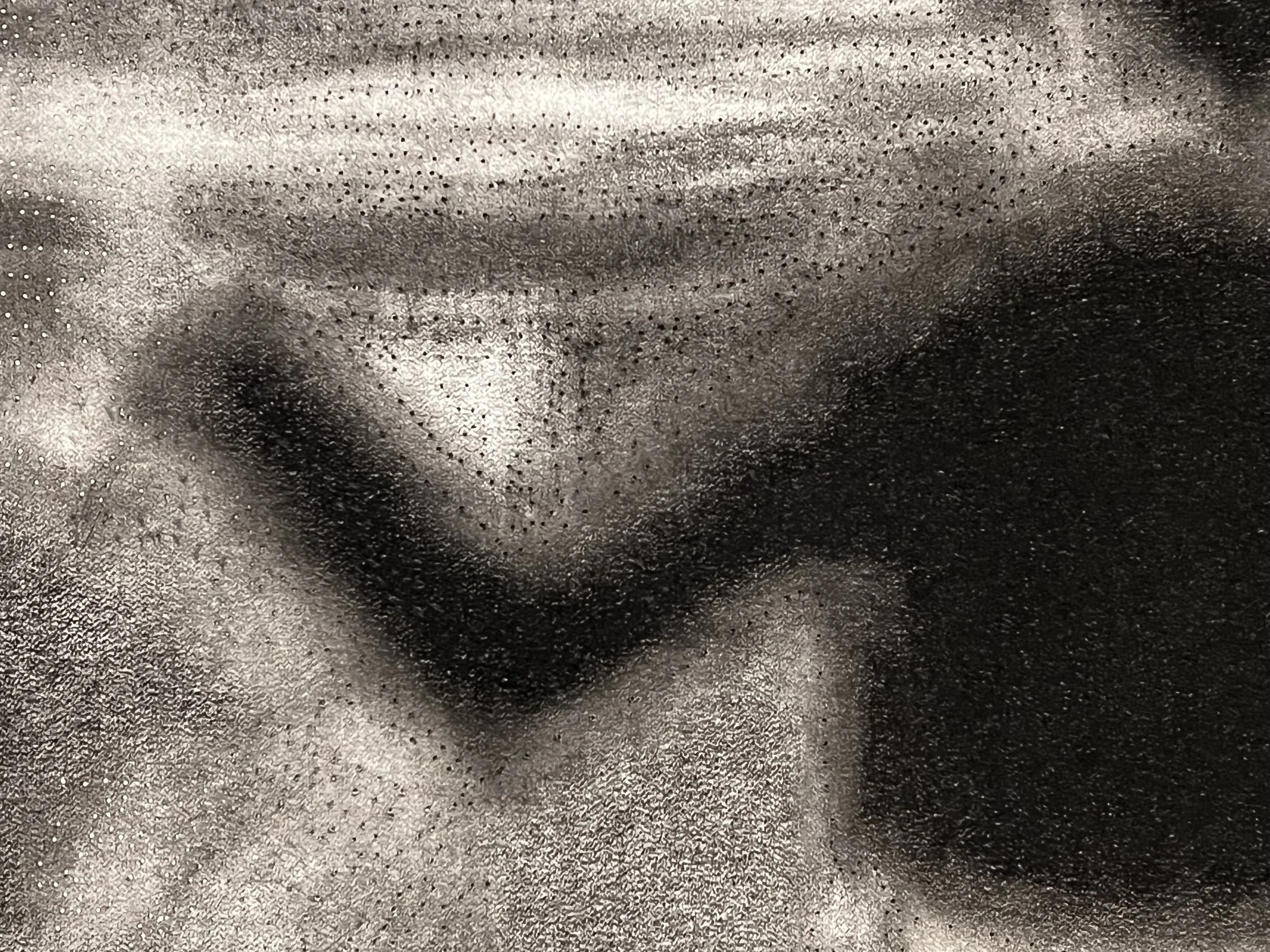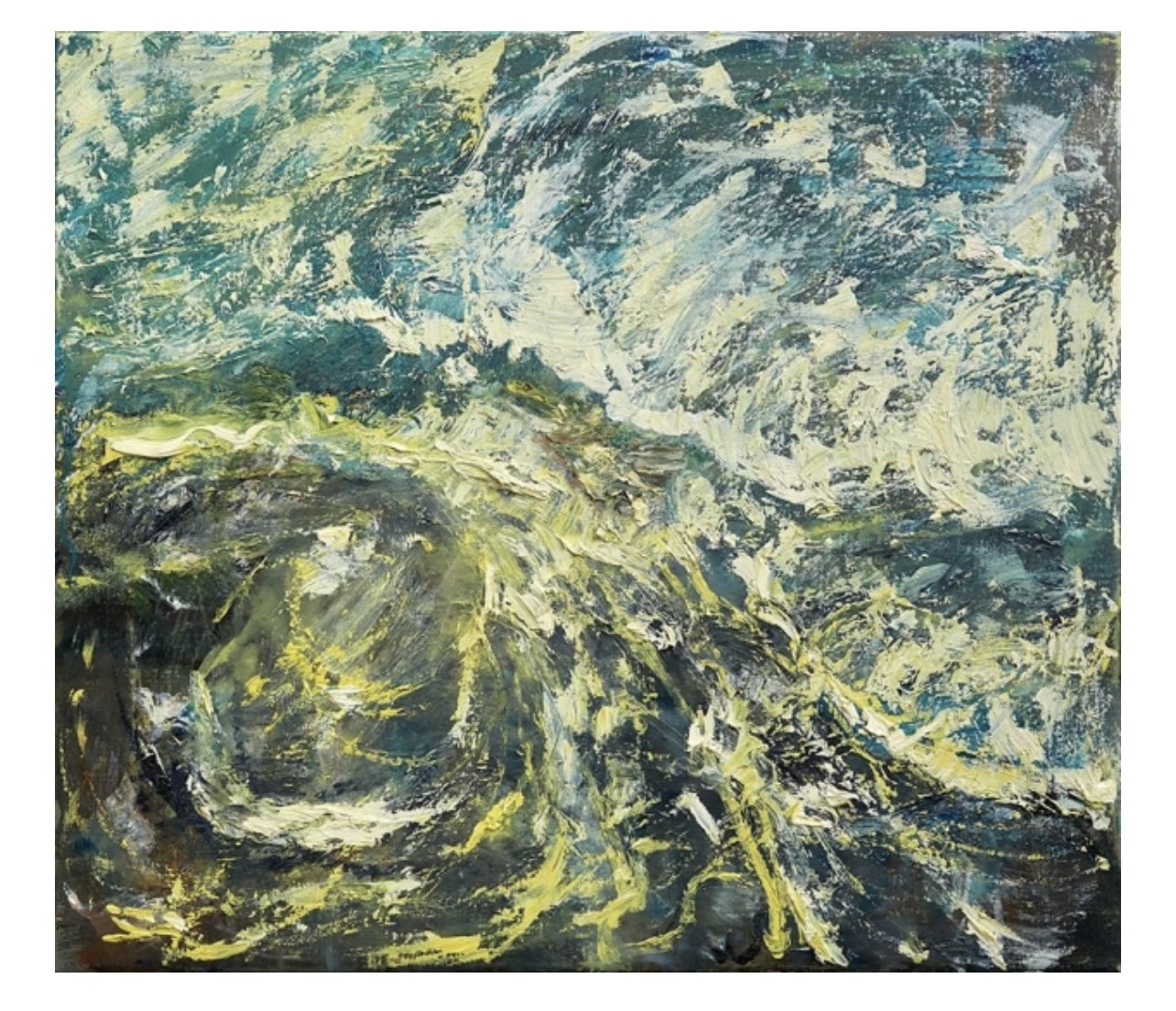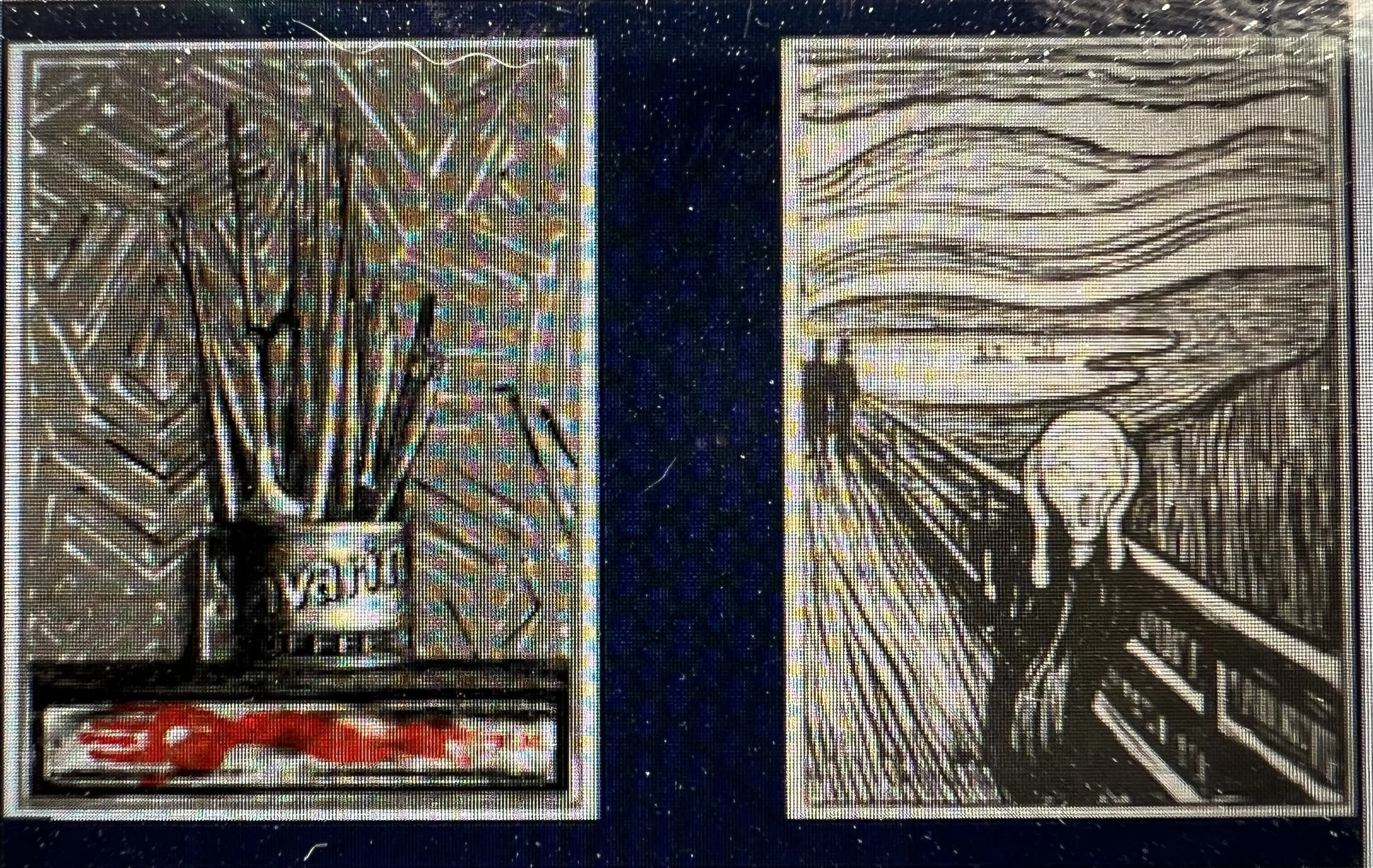Thinking about Shadows and waves
For Plato, shadows were the symbol of our limitations. (see echoes of this in my previous post Sydney March 15 2023), in the work of Daniel Boyd, where his cave paintings recall The Allegory of the Cave, or Plato's Cave, presented by the Greek philosopher Plato in his work Republic (514a–520a, Book VII) to compare "the effect of education and the lack of it on our nature”. 1
In ‘A Short History of the Shadow ‘ Victor Stoichita describes the history of one of the most difficult technical and symbolic challenges faced by Western artists: the depiction and meaning of shadows. Stoichita’s compelling account draws on texts by Renaissance artist-authors such as Vasari and Cennini, folk and fairy tales, and classical myths; works by van Eyck, Poussin, Malevich, De Chirico, and Picasso, among other masters; as well as German Expressionist cinema, photography, and child psychology. (fig 1)
Shadows can be a source of fear and a symbol of ignorance. In Western art they are hugely important. In his book Shadows: The Depiction of Cast Shadows in Western Art , art historian E.H. Gombrich discusses the way shadows were represented—or ignored—by artists from the Renaissance to the 17th century and then describes how Romantic, Impressionist, and Surrealist artists exploited the device of the cast shadow to enhance the illusion of realism or drama in their representations.2
I would like to explore the effects of shadows in my paintings, I feel I have used reflection especially in water a few times and think about clouds casting shadows on the land but would like to be more specific regarding my intentions at the outset of a painting.
Short History of the Shadow
fig 1
Museum of Contemporary Art - Sydney
I was absorbed by the work of Tom Nicholson. fig 2
Like Mike Parr’s work in a previous post, it had the ability to envelope the viewer with scale and also draw you in to examine the marks and process more closely. I felt complicit in the action. The granite dust left by his pouncing techniques, left the impression of the memory of a firing squad leaving marks on the wall, echoing the Manet masterpiece Execution of Maximilian Nicholson.
Tom Nicholson (1973-) lives and works in Melbourne
Cartoons for Joseph Selleny 2014
Charcoal on paper, Charcoal on wall, offset printed book
Museum of Contemporary Art
Cartoons for Joseph Selleny 2014 is a work in 3 parts comprising a suite of large scale charcoal drawings, a vast wall drawing and a take away artists book.
The work pivots around the story of the SMS Novara, an Austrian ship that docked in Warren (Sydney Cove) in 1858 and departed with hundreds of objects made by Aboriginal people destined for European collections. In addition, the Novaras official artist Joseph Selling produced numerous drawings of the colony. local flora and fauna, as well as ethnographic portraits of the Aboriginal people. Nicholson’s work reflects on what is absent from Selleny’s visual account: the violence of colonialisation, which began unfolding from Warrane in 1788.
This violence is shadowed within Nicohlson’s charcoal drawings, which relate to the Nova’s subsequent journey to Mexico carrying its patron Archduke Maximilian to his new role as the country’s Emperor. The drawings are based on the history paintings by the French artist Edouard Manet that famously depict Maximilians execution. fig 3
Nicholson devised them as templates or ‘cartoons’ for the wall drawing. The drawings are perforated along their outlines them ‘pounced’, where the charcoal dust wrapped in cheesecloth is beaten against the cartoon’s surface to create dotted outlines on the wall behind": an historical technique to transfer forms worked out through drawing onto a wall where a finished painting will be made.3
Nicholson’s process of making the wall drawing instead gradually dissolves the outlines of the ‘cartoons’ through a repeated pouncing. The wall drawing becomes a field that implies a range of associations, like a provisional map of the world or an inverted image of the night sky with black points on a white ground. Nicholson describes the result as ‘a kind of weather’: a space in which to grapple imaginatively with the complex histories that connect Warren and the MCA to other parts of the world, and which cannot be contained within the limits of a picture.
Tom Nicholson
fig 3
Take away ideas
linking histories, for example Selleny’s work connects the Novara’s ship stories with Manet’s work and present exploration of the impacts of colonialism in Australia’s past and present.
Celia Paul and Courbet, painters who create a solid form of non solid substance eg the sea. fig 4&5
fig 4
Celia Paul
Retreating Wave, 2015
Oil on Canvas 55.9 x 63.5 cm
Gustave Courbet, 1819 - 1877
The Wave 1869
repetition of marks - thinking about the work of Edvard Munch, and how he has influenced abstract art, for example - Jasper Johns. In the show Jasper Johns and Edvard Munch: Love, Loss and the Cycle of Life, Virginia Museum of Fine Arts, Kathleen Chapman describes how Johns began to engage closely with Munch’s figurative work, “the abstract motif of crosshatching . . . a mark about making marks,” until it became the central feature of his art (fig 4–5)
colour palettes - Tracy Emin talk on YouTube about Capri landscape being the basis of her painting palette - pinks blues and grey. (For me the palette of Sussex and New Zealand seems to be predominantly yellow Green and red.)
Reading ‘The Waves’ by Virginia Woolf - childhood events and experiences are narrated by many individuals, each sees the world through their own perspective, time and place are revealed to us through layers. Whilst the writing appears to be a stream of consciousness, it is in fact carefully constructed to transport us through each persons sensations focusing on sensory experiences, sight, smell, touch, sound etc. A description of memories, of the dichotomy of appearance and reality, self and self-determination. Woolf closely links experiences of nature with the personalities and realisations of the self each protagonist relates. Trees and leaves feature in every page standing as internalized images representing each character's sense of self. Trees for Woolf are always primeval and living, just as she imagines the human self, they feature along with countless descriptions of light and the foreshadowing of events. Leaves also are vital to this description of the interconnected nature of ourselves and the outer world. As Mayuko Nakazawa describes “For Woolf and the characters, leaves are figured as components of the self, representing the countless "atoms" or impressions accumulated in memory and consciousness.” 4
Jasper Johns and Edvard Munch
4 &5
Footnotes
1 https://en.wikipedia.org/wiki/Allegory_of_the_cave#cite_ref-The_Republic_2-4
2 https://italianacademy.columbia.edu/sites/default/files/content/casati_10-10.pdf
3 https://www.mca.com.au/artists-works/artists/tom-nicholson/
4 Author: Mayuko Nakazawa Date: Spring 2012 (Issue 81) Publisher: Southern Connecticut State University
https://go.gale.com/ps/i.do?p=AONE&u=googlescholar&id=GALE%7CA316664486&v=2.1&it=r&sid=googleScholar&asid=2f655afc
5 December 8, 2017 John B. Ravenal, ed.Jasper Johns and Edvard Munch: Inspiration and Transformation Exh. cat. New Haven: Yale University Press, 2016. Virginia Museum of Fine Arts, November 12, 2015-February 20, 2016 Kathleen Chapman






